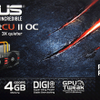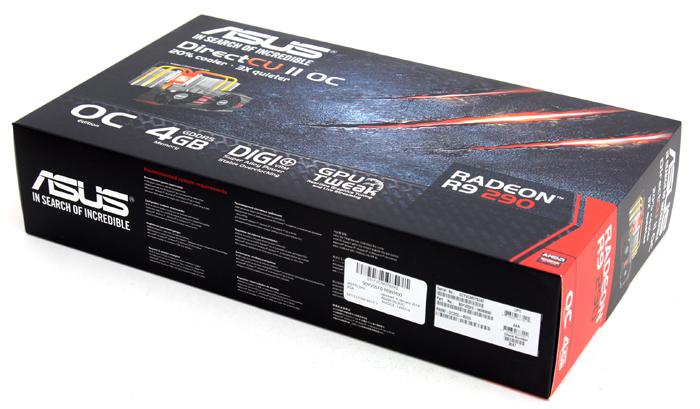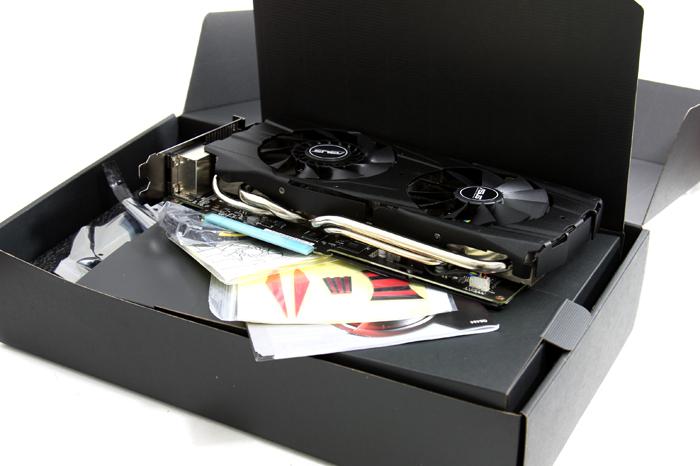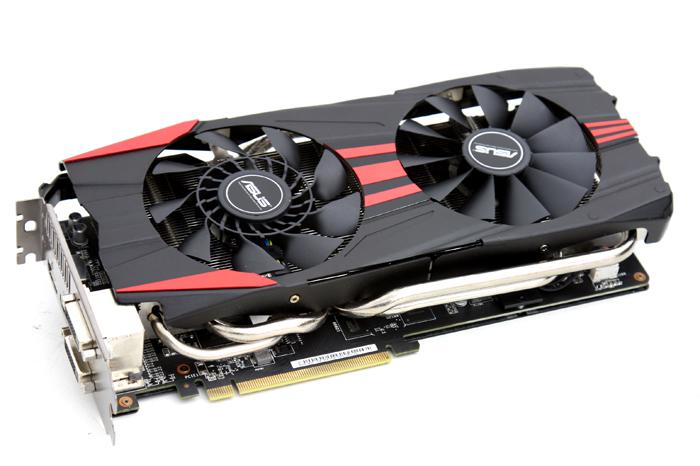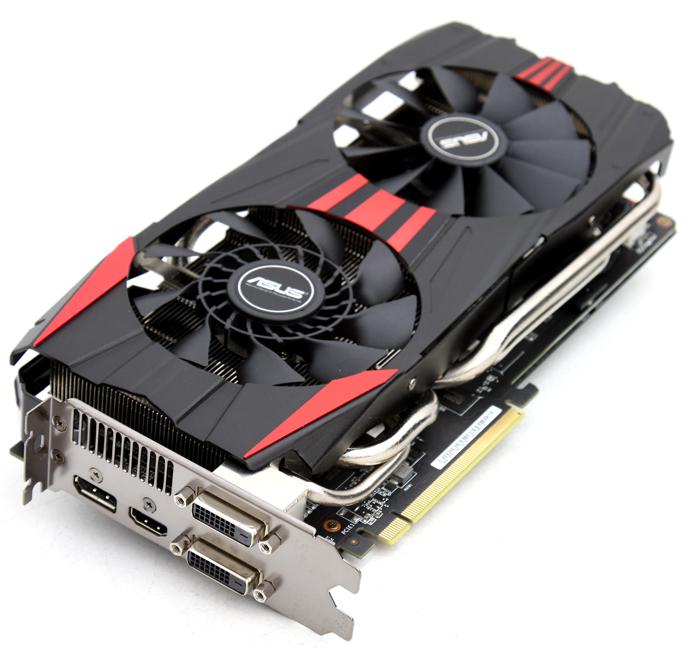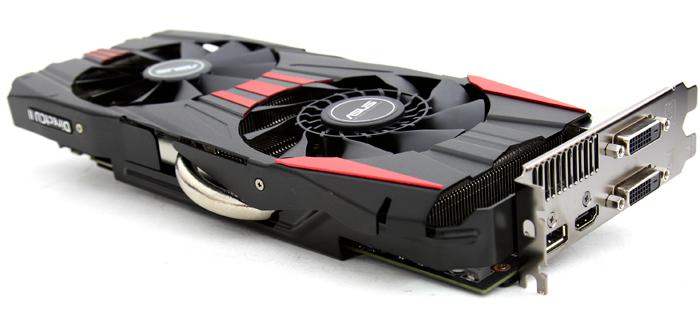Product Photos
Product Photo shoot
With recommended gaming resolution up-to 3840 x 2160 the ASUS Radeon R9-290 DirectCU II OC has features like AMD TrueAudio Technology and 4GB of memory. The card is factory overclocked towards 1000 MHz but more importantly, it is a card that has a proper cooler, a cooler that the GPU deserves.
The heart of the ASUS Radeon R9-290 DirectCU II OC is a beast with 6 Billion transistors on a 438 mm2 Die and that 512-bit Memory bus with 4 GB 5.0 Gbps GDDR5 memory. The R9-290 edition has 2560 out of the available 2816 (290X) shader processors available though. Still, it's plenty fast and not even that far away from the 290X really.
A massive 4 GB of 512-bit memory is fitted on there running at 5.0 Gbps. Anybody with a monitor resolution up-to 2560x1440 can play their games at extremely good quality settings, and with a small tweak or two, Ultra high definition gaming at that fantastic resolution called UHD - 3840 x 2160 pixels.
The DirectCU II solution of the card is a dual slot cooler equipped with what ASUS calls cooltech fan technology, basically it helps to push an increased volume of air to the internal heatsink chamber with direct contact surfaces dissipating heat with the help of heatpipes. DirectCU II has two cooling fans, four nickel-plated heat pipes with at least two 10 mm pipes, and a PCB strengthening bracket as well that functions as backplate.
As you can see, the PCB length of the graphics card is 27 CM, the cooler however extends a bit further, so make sure you have 28cm of space available for this dual-slot based graphics card.
Here we can see the connectors, one full DP, one HDMI and two DVI connectors. So yes, Eyefinity works here perfectly fine as well. It might be a very interesting card to set up a cheap desktop multi-monitor setup this way. Not so much for gaming though. AMD allows you to opt for the multi-GPU road with Crossfire as an option.
If you would like to opt so then you could pair two of these cards in one PC and have them do a decent workout. A Crossfire bridge is no longer needed. The data will be moved over the PCIe (preferably PCIe Gen 3.0) bus.
